National Microtia Awareness Day is on November 9th!
We look forward to helping raise awareness with so many of you everywhere on National Microtia Awareness Day! The purpose of National Microtia Awareness Day is to help promote public awareness about Microtia and Atresia. As the mother of a child who has Microtia and Atresia, and the founder of the Ear Community Organization, my hope is that families who have new babies born with Microtia and Atresia will leave the hospital armed with more answers than questions, and their dreams for their children intact. If more people learn about Microtia and Atresia, they will be kinder and more accepting. It is also my goal for individuals with Microtia and Atresia to realize that they are not alone and that they have an entire community of support behind them.Through this national day, everyone can find out about organizations and resources for information and support.
Microtia – born with one or both ears missing or when the outer ear does not fully develop
Aural Atresia – born without an ear canal or an underdeveloped ear canal, resulting in a conductive hearing loss
Approximately 630 babies are born each year with Microtia and Atresia in the United States (affecting 1 out of every 6,000 births). Current statistics show that Latino-Hispanic, Ecuadorian, Asian, and Native American ethnicities are affected more by Microtia and Atresia where as individuals who are of African American descent are the least affected. Most families who have a child with Microtia and Atresia have never known anyone else in their family to have missing ears or congenital hearing loss, while many other families have multiple family members who are affected by Microtia and Atresia causing us to wonder if Microtia and Atresia is hereditary. It is more common for Microtia and Atresia to affect the right ear and occurs more commonly in males. Microtia and Atresia can affect one or both ears and can cause asymmetry of the face (where one jaw bone pulls upright more so on one side) known as Craniofacial Microsomia. Typically, children and adults who have Microtia and Atresia have some degree of hearing loss. Children and adults who have Aural Atresia (hearing loss) can wear a hearing device called a bone conduction hearing device (also know as a Baha, BAHS, or BAI). A bone conduction hearing device can be worn on a soft band head band (because there is usually no ear for a hearing device to be worn on) or can be implanted in the skull after the age of five.
Today, there are many options for helping someone obtain an ear who has Microtia and Atresia and who would like to live a better quality of life and be happier.
1. The “Do Nothing” option should always be embraced with acceptance and confidence and love for oneself. Also, to remember to never let anything define you. Be YOU and be proud of who you are!
2. There are surgical options for a reconstructed outer ear such as the rib graft surgical technique (which is the gold standard option) and different kinds of Polyethylene ear frame work options known as Medpor, Omnipore, and Su-Por. There are also other avenues for ear reconstruction that can involve soft tissue reconstruction and ear expanders to help improve the shape of an ear.
3. There are surgical options for helping restore hearing loss and reconstructing an ear canal called canalplasty and atresiaplasty. This surgical technique can be done separately or in conjunction with a reconstructed outer ear (know as CAM – combined Atresia Microtia).
4. There is the prosthetic ear option. This option can help someone permanently wear an ear or be a great temporary solution until deciding upon surgery or to keep their little ear just the way it is.
5. There is a hearing device option to help someone hear better who has Atresia called a bone conduction hearing device. This hearing device can be worn on a soft band head band (since there is no ear to be worn on) or later be implanted in the skull for when the patient is ready.
Here are some ideas for helping raise awareness on National Microtia Awareness Day, November 9th, 2019:
- Many parents, teachers, and children plan to help raise awareness at their schools. There will be talks and presentations about hearing loss and Microtia and Atresia. Many educators and parents will also be discussing differences and kindness. Everyone has something going on and it makes everyone happy to feel included, or to have someone just say “Hi” to you instead of being stared at or being treated mean in one manner or another. Many families plan to bring in sweet treats to the schools, such as cookies and cup cakes, to help embrace our awareness day and make it fun!
- Many medical professionals (audiologists, ENTs, and plastic surgeons) will be hosting educational clinics and blogging helpful information about Microtia and Atresia for families to learn more about their options for Microtia and Atresia.
- Many families, teachers, medical professionals, and supporters within the Microtia and Atresia community will be wearing awareness t-shirts, ribbons, and wrist bands, helping raise awareness about missing ears, craniofacial microsomia (craniofacial challenges), and hearing loss.
- Many can participate in spreading awareness through social media by simply changing your profile picture to our awareness ribbon, logo, or FB frame to help recognize National Microtia Awareness Day on November 9th! We look forward to seeing so many pictures posted of everyone in their shirts or wearing blue with our blue ribbons so we can all enjoy seeing how special our day is and the impact it has on the public (world) for so many of us who have loved ones born with Microtia and Atresia. Let’s join together and make a difference with these beautiful children and adults and their families through the Ear Community Organization on our awareness day!
- Many hearing loss networks such as AudiologyOnline, organizations like the EAA and ASHA, and medical device companies will be blogging about our National Microtia Awareness Day on social media in hopes of helping raise awareness about Microtia and Atresia, helping support our Ear Community Organization, and to help educate everyone about “all” options for missing and underdeveloped ears, hearing loss, and facial challenges and in hopes that everyone will be kinder and more understanding.
Thank you, thank you to everyone for embracing our awareness day and for supporting our children and adults who have Microtia and Atresia in our community. Thank you to all of the families, classroom teachers and teachers of the Deaf and HoH, therapists, audiologists, ENTs, pediatricians and general practitioners, and plastic surgeons for helping educate on our day and for taking the time to learn more about Microtia and Atresia to help teach others. Thank you to everyone who will be blogging on social media and publishing articles to helping raise awareness on November 9th! Thank you very much to everyone who has helped support our Ear Community Organization and it’s mission to help children and adults who have Microtia and Atresia!
A special thank you to Ear Community’s amazing sponsors for also helping raise awareness about Microtia and hearing loss and for making our events possible and for offering advanced technology that helps our children and adults in many ways. Thank you also to our sponsor companies and the employees who stand behind these companies and their technology that give our loved ones a better quality of life!
Thank you to Ear Community’s Platinum Sponsors:
Cochlear Americas (Baha 5 and SoundArc sound processor)
Oticon Medical (Ponto 3 Superpower, Ponto 4 and streaming device)
Thank you to Ear Community’s Silver Sponsors:
Med-EL (ADHEAR and Bonebridge sound processors)
Stryker CMF (Medpor outer ear implants)
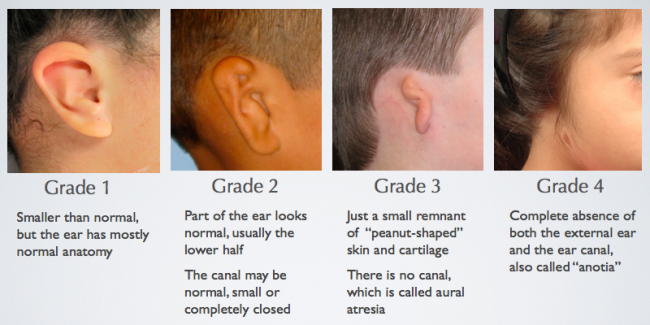
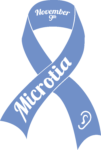




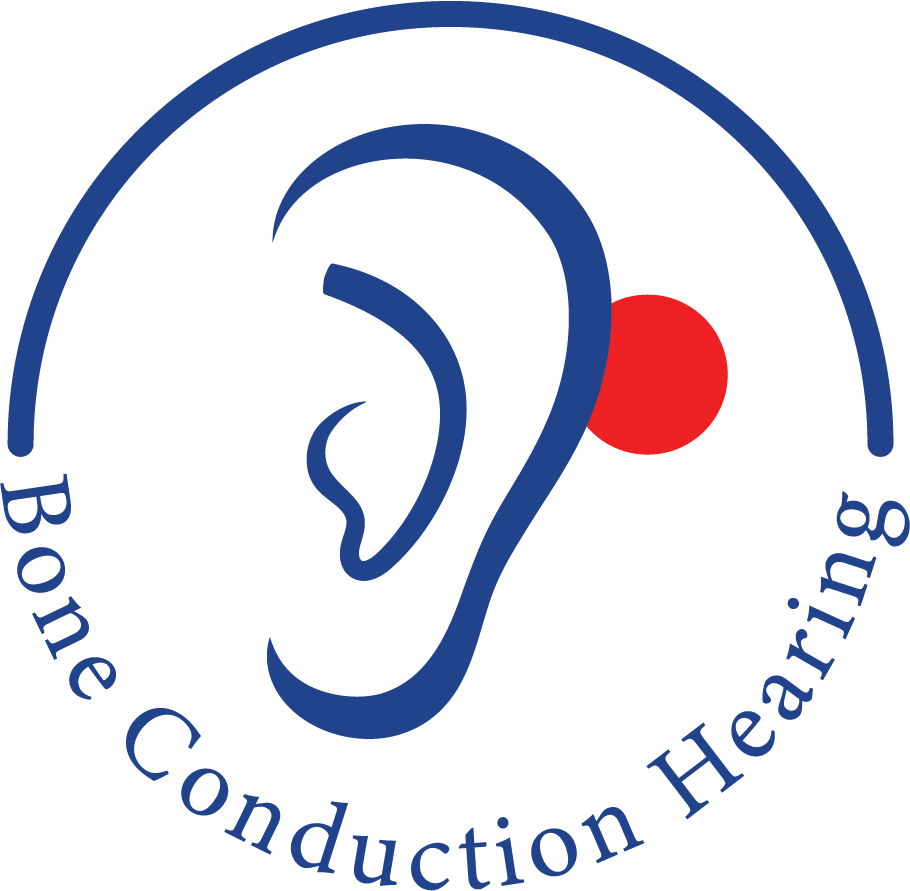


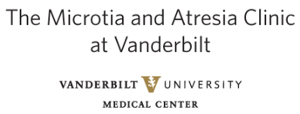
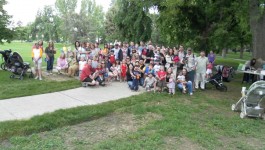
Leave a Comment
You must be logged in to post a comment.